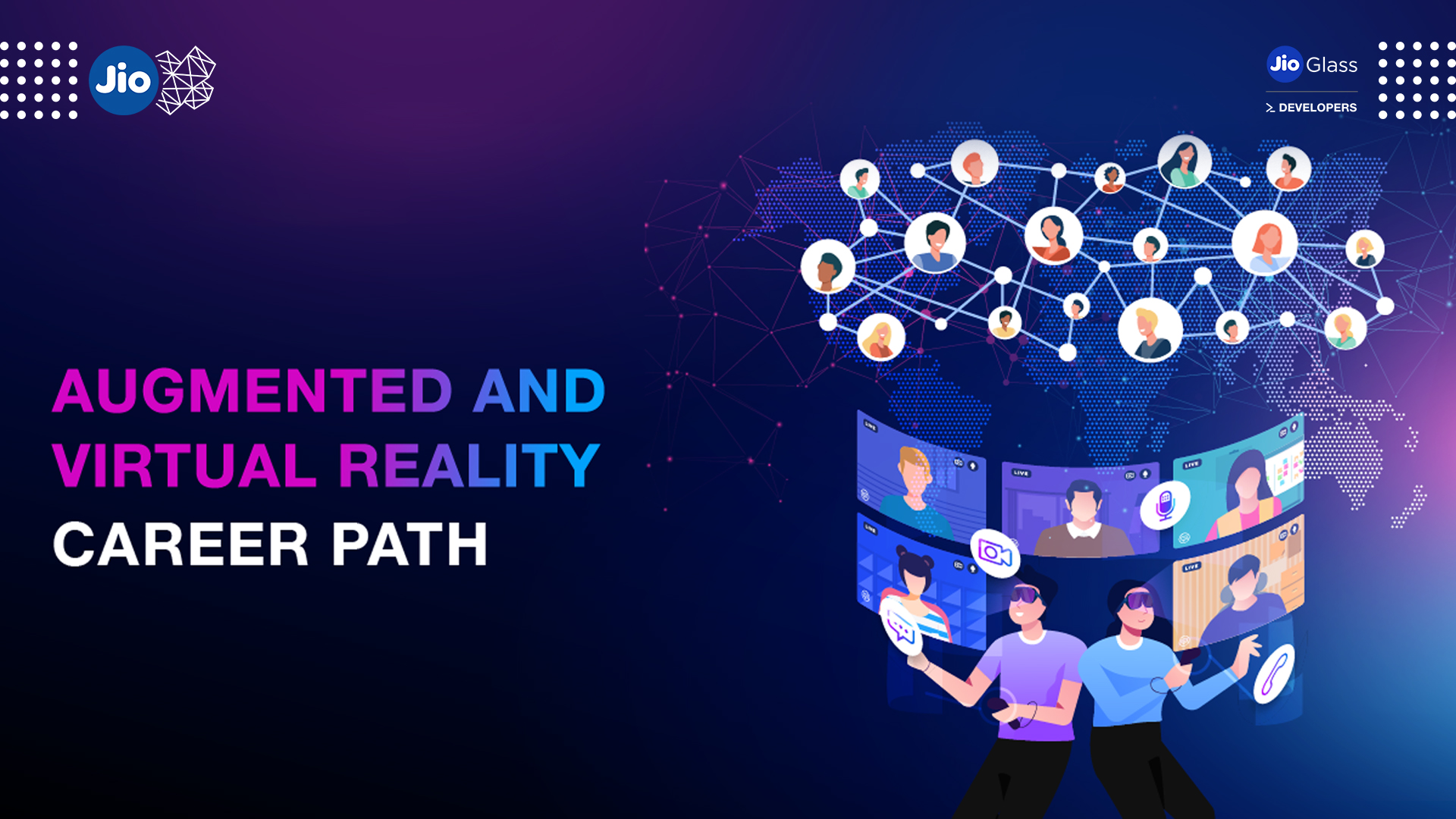How Virtual Try-On Experiences Are Becoming the Future of Retail

A virtual try-on experience allows customers to virtually try on clothes, makeup and numerous other merchandise before purchasing. Imagine being able to try on hundreds of different things from dozens of different brands all from the comfort of your home. Alternatively, you can go to the mall and try on various different things with just the swipe of a finger.
For example, imagine you're shopping for a pair of designer sunglasses. You go to the sunglasses section at the mall, and there's a sign that says something like “Try on this season's hottest shades!” with an arrow pointing toward an iPad that has images of models wearing glasses from the brand.
You tap the screen, and it takes you through several steps: choosing your gender, picking your face shape, whether you have corrective lenses, then taking a picture of yourself. Once you've taken your selfie, the app scans your face and puts the pair of shades on you in real-time. If they don't fit right or make you look good, swipe left to try another pair of glasses — and if they do look good or fit right, swipe right to save them to a favorites list that can be sent to your mobile device so you can buy them later.
AR Adoption Among Retailers
It's well understood that retailers are using augmented reality (AR) in their stores and websites to improve the customer experience.
In fact, you might have tried on a few T-shirts or shades yourself without even knowing it. The fast-growing retailers like Sephora, Purplle, and Lenskart are leading the charge by integrating AR features into their apps. You can now use your phone camera on Lenskart to take a selfie and try on different styles of frames and see how they would look on your face or try on new makeup looks on Purplle right from home before making an order.
But these brands are not the only ones who have seen the potential of VR/AR technologies: other major players like KFC and Coca-Cola have also rolled out AR features in China through partnerships with Tencent. Using WeChat, customers can point their smartphone cameras at a box of KFC chicken nuggets and watch them change into cute cartoons that dance around to popular music tracks—a fun way for customers to engage with the product without ever having to open the box!
AR try-on technology
The AR try-on technology has been around for a while in both 3D and 2D formats. The technology is easy to use, as it uses image recognition from cameras, facial recognition and machine learning. It can be used in a variety of different devices, such as phones, tablets or computers with webcams.
With so many benefits being added to the consumer experience and e-commerce sales, more and more brands are investing in the development of their own AR try-on solutions, especially AR try-on solutions for apparel products to be incorporated into their mobile applications.
How to create a virtual try-on experience?
When creating a virtual try-on experience, it is important to remember to use augmented reality (AR) technology to create a 3D product model. The goal is for the virtual model to be as realistic as possible, so that your customer gets an exact idea of what the product will look like when they try it on.
To further enhance your customer's experience, you should use a product configurator to match the product with your customer's gender and other specifications. You can also create an app that allows customers to take a photo or video of themselves while they are “wearing” the item, thus creating a seamless user experience. This will make the shopping process more intuitive and easier for both you and your customers!
Virtual try-ons are the future and will revolutionize online shopping
Virtual try-on experiences are changing the way we shop. They are an effective way to experiment with products without having to physically go to a store or wait for items to arrive in the mail. This technology is not new, but it's been improving over time and is now becoming more common in everyday life.
To create a virtual try-on experience, you usually need two things: A camera and some sort of software or app that will generate an image on top of what your camera sees. You could simply take a picture of yourself wearing clothes, but you'll get much better results if you can use augmented reality (AR) technology that overlays an image onto your face so that it looks more realistic than just holding up an iPhone selfie that's been doctored in Photoshop.
Would you like to be a part of immersive trends like these?
Here’s your one-stop-shop for all immersive things: the JioGlass Developers Program
The JioGlass Developers Program aims to bring together a community of developers who are passionate about creating exciting and innovative content. We will be providing you with a platform to showcase your AR/VR content to the world. You can use this opportunity to design, create and publish your experiences which can then be experienced by enterprises and consumers alike.
Join the JioGlass Developers Program: Click Here

